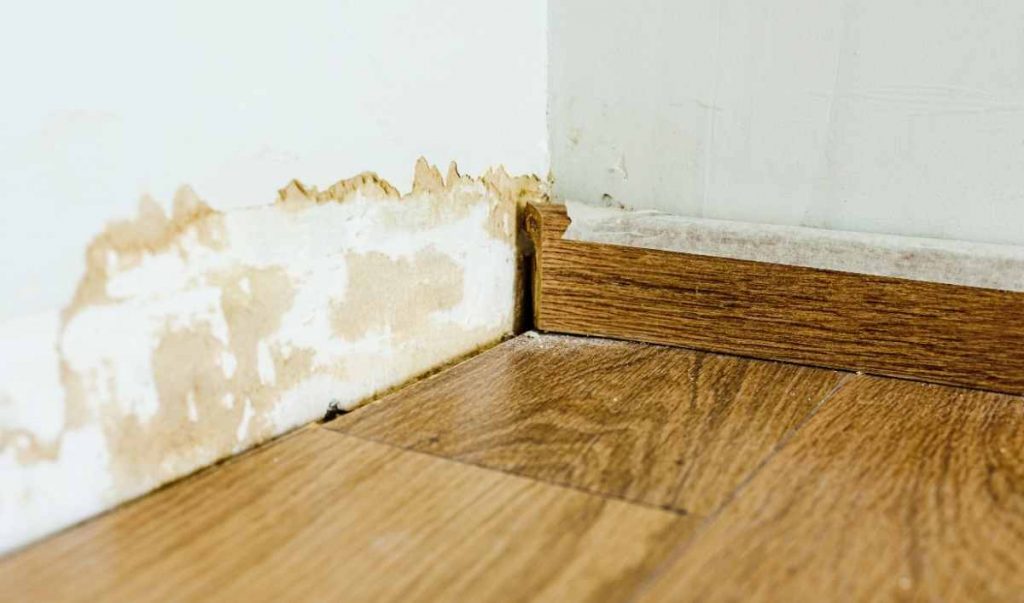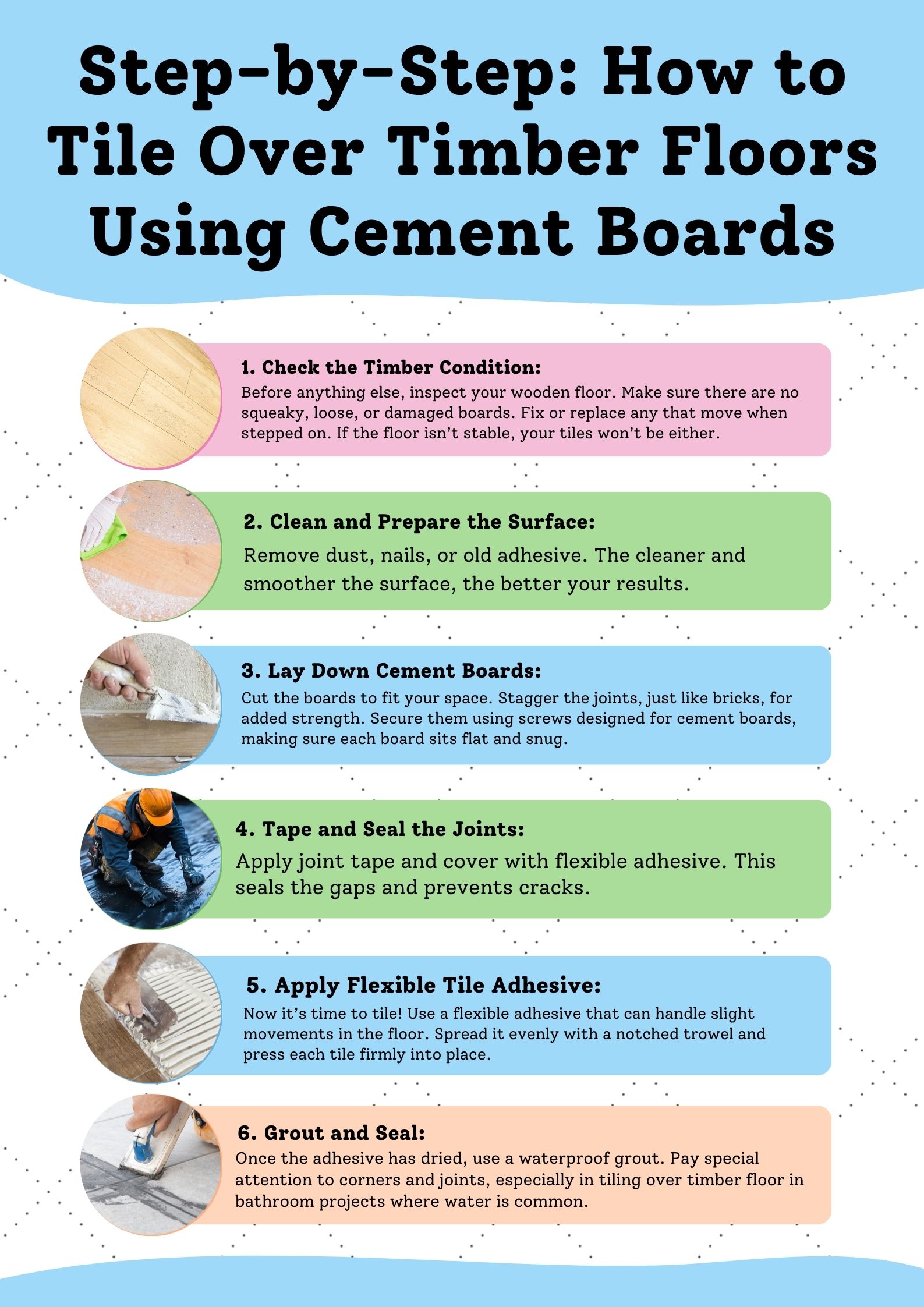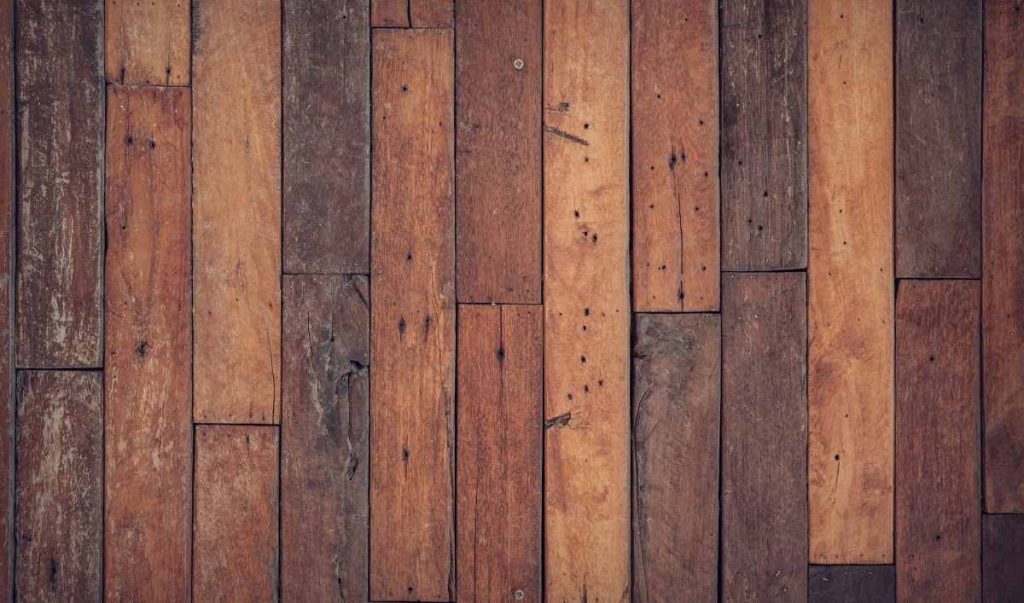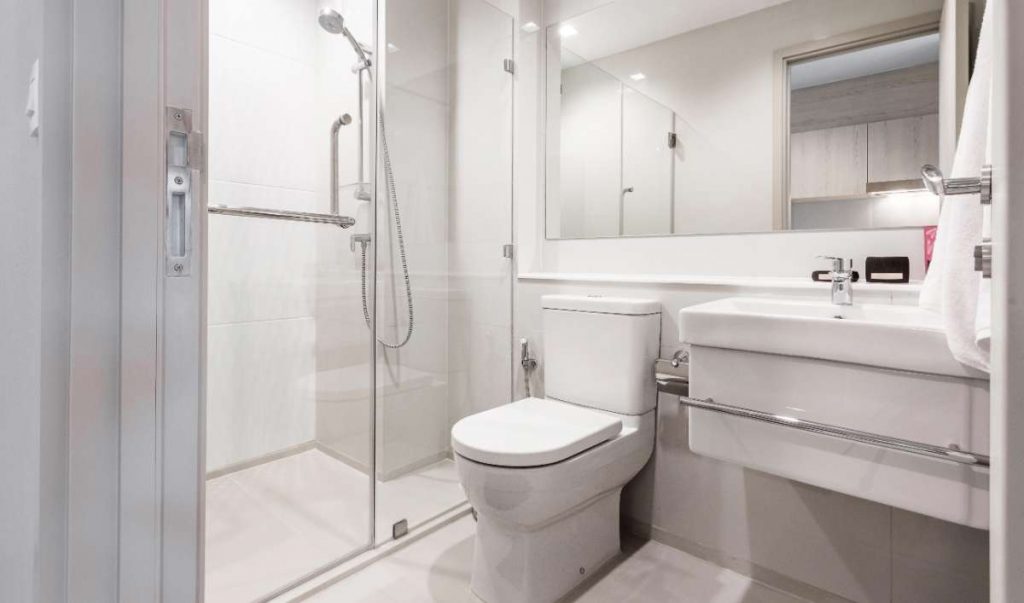Thinking about giving your bathroom a fresh new look but worried about your wooden floors? Many London homeowners wonder, Can you tile over timber floors without problems? The good news is, yes, you can! But only if it’s done the right way.
Tiling over wood isn’t as simple as it looks. Timber moves with changes in temperature and moisture, and that movement can crack tiles or loosen grout. That’s where cement boards come in the secret to a long-lasting, professional finish. In this article, we’ll walk you through when, why, and how to use them correctly. Read on to learn more.
Why You Shouldn’t Tile Directly on Timber
Wood expands and contracts naturally. If you lay tiles straight on top, they’ll soon start cracking or lifting, especially in warm, damp areas like bathrooms. Moisture is timber’s worst enemy. So, whether you live in a stylish flat in Islington or a Victorian home in Camden, always use a proper base before tiling.

This is where cement boards make all the difference. They create a firm, moisture-resistant surface that keeps tiles steady even when the timber below shifts slightly.
What Are Cement Boards and Why Use Them?
Cement boards are strong, water-resistant sheets made from a mix of cement and reinforcing fibres. They’re designed to be laid over flexible surfaces like wood, making them ideal for bathrooms or kitchens.
When used correctly, they:
- Strengthen weak or uneven floors.
- Resist moisture and mould.
- Provide a perfect surface for tiling.
- Extend the life of your tiles and grout.
In short, cement boards act as a buffer between your moving timber and the hard tile surface above.
Step-by-Step: How to Tile Over Timber Floors Using Cement Boards
Follow these easy steps to tile over your timber floor the right way using cement boards.

1. Check the Timber Condition: Before anything else, inspect your wooden floor. Make sure there are no squeaky, loose, or damaged boards. Fix or replace any that move when stepped on. If the floor isn’t stable, your tiles won’t be either.
2. Clean and Prepare the Surface: Remove dust, nails, or old adhesive. The cleaner and smoother the surface, the better your results.
3. Lay Down Cement Boards: Cut the boards to fit your space. Stagger the joints, just like bricks, for added strength. Secure them using screws designed for cement boards, making sure each board sits flat and snug.
Tip: Don’t forget to leave a small expansion gap (about 3mm) between the boards to allow for movement.
4. Tape and Seal the Joints: Apply joint tape and cover with flexible adhesive. This seals the gaps and prevents cracks.
5. Apply Flexible Tile Adhesive: Now it’s time to tile! Use a flexible adhesive that can handle slight movements in the floor. Spread it evenly with a notched trowel and press each tile firmly into place.
6. Grout and Seal: Once the adhesive has dried, use a waterproof grout. Pay special attention to corners and joints, especially in tiling over timber floor in bathroom projects where water is common.
Pro Tip: Don’t rush the drying process; patience now means fewer cracks later!
Putting Wood Floor Over Tile: The Reverse Question
Interestingly, others wonder about putting wood floor over tile. It can be done, but it requires levelling and moisture control. However, in most cases, if you’re aiming for a modern, waterproof finish, tiling over timber (with cement boards) is a better long-term option, especially for bathroom renovation projects across London.
Do You Really Need Backer Boards on Timber?
Yes, always. Many people ask, do I need backer board for floor tile on timber? The answer is an absolute yes. Backer boards (cement boards) give strength, stability, and water resistance that wood alone can’t. They prevent movement and cracking, ensuring your tiles stay perfect for years. Think of them as the silent hero under every beautiful tiled bathroom floor.

Common Mistakes to Avoid
Even with the right materials, simple errors can ruin a job. Watch out for these:
- Skipping backer boards altogether.
- Using non-flexible adhesive.
- Forgetting to tape and seal board joints.
- Failing to leave expansion gaps around edges.
- Rushing the drying time.
A professional bathroom contractor will always double-check these details; it’s one reason it’s worth hiring an expert team like AnimAnimus Construction.
Benefits of Using Cement Boards in London Homes
In areas like Hackney or Islington, where homes vary from new builds to period properties, using cement boards offers clear benefits:
- Long-term protection from moisture and rot.
- Prevents tile cracks caused by subfloor movement.
- Creates a smooth, even surface for large tiles.
- Adds value to your bathroom refurbishment project.
What Sets AnimAnimus Apart in Bathroom Renovation
At AnimAnimus Construction, tiling isn’t just about laying materials; it’s about building trust. Our experienced bathroom fitters and bathroom contractors take time to understand each home’s quirks before they start.

Here’s how we make every project stand out:
- Personalised planning: We inspect your existing timber and choose the best materials for your space.
- Precision installation: From fixing loose joists to placing cement boards, every layer is double-checked.
- After-care guidance: We explain how to maintain your new floor so it stays flawless for years.
Our team has transformed countless bathrooms across Hackney, Camden, and Islington, turning wobbly floors into sturdy, stylish showpieces.
FAQs
Question 1. How thick should cement boards be for timber floors?
Answer: Usually 6–12 mm is enough. Thicker boards add more strength but keep door clearance in mind.
Question 2. Can I tile directly onto old floorboards?
Answer: It’s risky. Timber moves too much, and tiles can crack without a stabilising layer. Always use cement boards first.
Question 3. How long before I can walk on the new tiles?
Answer: Wait at least 24 hours for the adhesive and grout to set fully.
Conclusion:
So, can you really tile over a timber floor? You can and you should, if you do it properly. Using cement boards keeps your tiles stable, waterproof, and beautifully level for years to come. If your London bathroom or kitchen needs an upgrade, don’t cut corners. Build on strength. Reach out to AnimAnimus Construction and let our team bring expert precision and timeless design to your next project.
